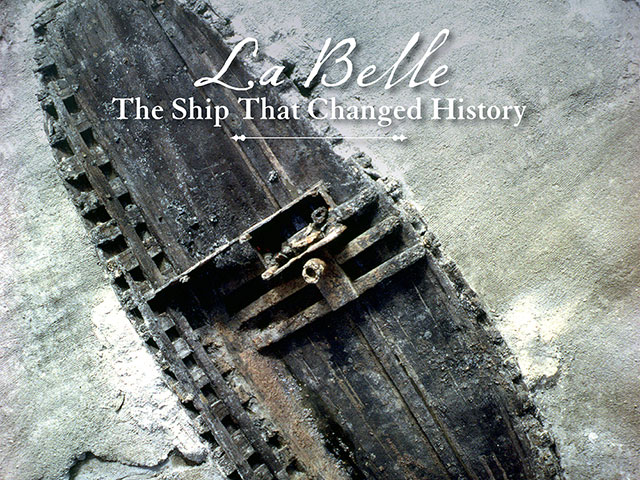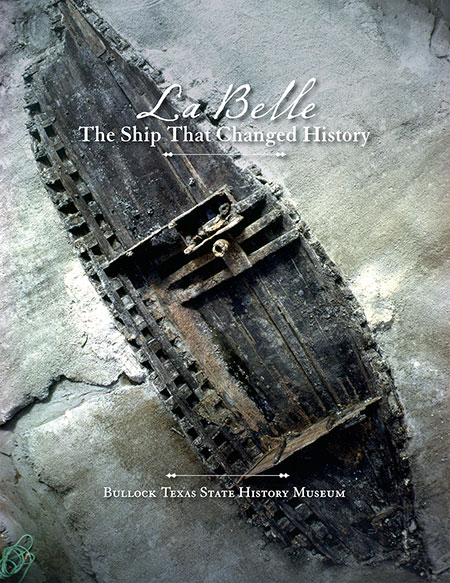Reservations: wrc@hnoc.org or (504) 523-4662
On Wednesday, April 19, at 6 p.m. at The Historic New Orleans Collection’s Royal Street campus, archaeologist Jim Bruseth will discuss his involvement in the efforts to locate and excavate La Belle, one of the four ships in French explorer René-Robert Cavelier, Sieur de La Salle’s final expedition to the New World.
La Salle departed France on July 24, 1684, determined to establish a French colony at the mouth of the Mississippi River. The journey was beset by a myriad of problems: sickness, conflicts with West Indian pirates and Native Americans, and the nearly unnavigable water routes along the Gulf Coast. In the end, La Salle was murdered by his own men in a mutiny.
La Belle was the second ship lost during the voyage, having sunk to the bottom of Matagorda Bay off the Texas coast. After two decades of searching, divers located the shipwreck in 1995 on the bay’s silty floor. As the director of the Texas Historical Commission’s Archeology Division, Bruseth led the excavation process, as well as the ship’s restoration and preservation and the recovery of more than one million artifacts found with the ship. He curated a permanent exhibition centered on the massive artifact for the Bullock Texas State History Museum in Austin.
For this lecture, Bruseth will present additional details of La Salle’s historical discoveries and some of the mysteries surrounding the wreck of La Belle. He will also discuss the creation of the La Belle exhibition at the Bullock. Immediately following the presentation he will sign copies of his book, La Belle: The Ship That Changed History (Texas A&M University Press 2014). Copies will be available for $19.95.


